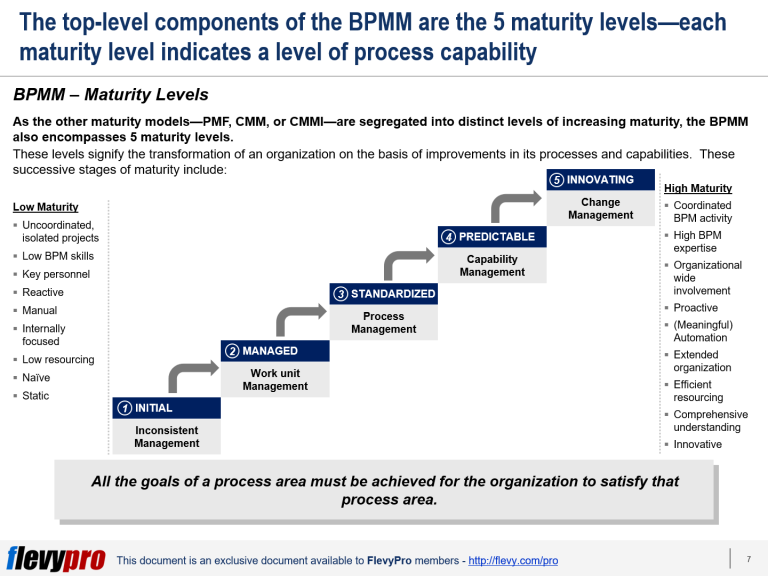


These phases follow a path of increasingly organized and more systematically mature processes for the organization. Each of these levels represent a stage of growth in the maturity of organizational processes. This model was developed based on the process model, and was created to assess an organization on a five point maturity scale level Initial, Managed, Defined, Quantitatively Managed, and Optimizing. Speaking more broadley, the Capability Maturity Model (CMM) is a developmental model that was created back in 1986 that has become a standard for many teams across various industries, including cybersecurity. The 5 Levels of the Capability Maturity Model The model was then used extensively for avionics software and government projects. Air Force back in the 80’s. This research was used to develop an objective methodology for evaluating the maturity of software developed by military contractors. In fact, the initial research at Carnegie-Mellon Software Engineering Institute was funded by the Department of Defense and the U.S.

While the model developed into the more widespread Capability Maturity Model Integration (CMMI), the original purpose of the model was for military research. The original Capability Maturity Model was created by the Software Engineering Institute (SEI). However, the model has very narrow, dedicated beginnings. The Capability Maturity Model (CMM) is an organizational development model that is used today by countless organizations and teams across the globe. The Capability Maturity Model (CMM) 5 Levels to Organizational Maturity


 0 kommentar(er)
0 kommentar(er)
